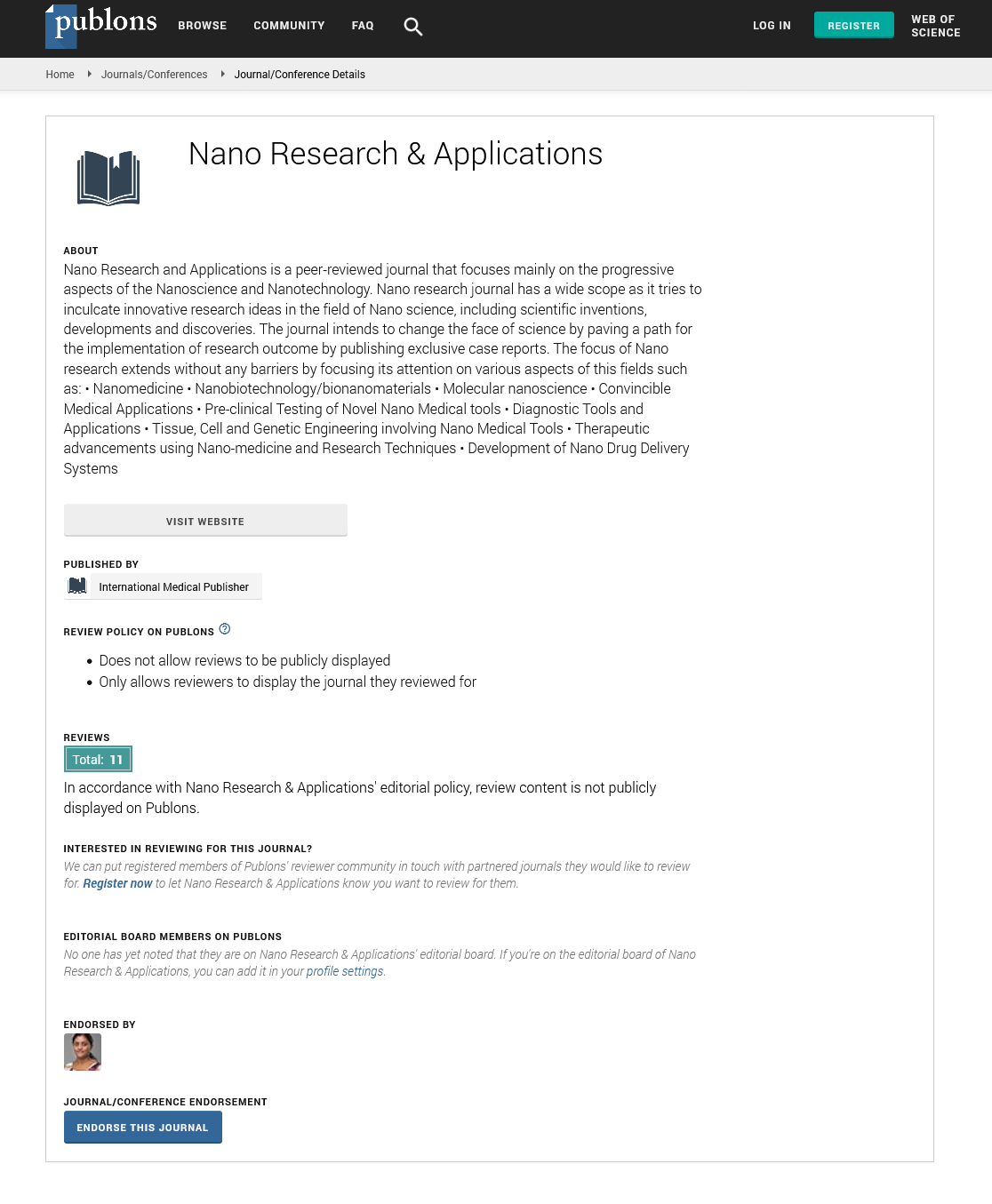ISSN : 2471-9838
Nano Research & Applications
Low-temperature SnO2-modified TiO2 yields record efficiency for normal planar perovskite solar modules
Joint Event on 25th Nano Congress for Future Advancements & 12th Edition of International Conference on Nanopharmaceutics and Advanced Drug Delivery
August 16-18, 2018 | Dublin, Ireland
Guan-Jun Yang
Xi an Jiaotong University, China
Posters & Accepted Abstracts: Nano Res Appl
DOI: 10.21767/2471-9838-C3-015
Abstract
Hybrid organic-inorganic perovskite solar cells (PSCs), particularly for the planar PSCs, attracted significant attention because of their high efficiency, low fabrication costs, and simple preparation process. However, planar PSCs exhibit lower efficiency and stability than mesoporous PSCs, primarily owing to defects in the electron transport layer (ETL). Here, we introduce a SnO2 nanoparticle modified TiO2 film (SnO2@TiO2) as the ETL. In addition, we propose a simple three-step chemical bath method to achieve such SnO2@TiO2 structure at low temperatures (140°C). The SnO2@TiO2 ETL significantly enhances the electron extraction and decreases the trap states at the perovskite/ETL interface. We achieved average efficiencies at reverse scan and forward scan of 21.27%, 19.79%, 17.21% and 16.31% for device area of 0.10 cm2, 1.13 cm2, 5.25 cm2 and 10.56 cm2 respectively. Besides, we achieved a certificated efficiency of 15.65% for the normal planar perovskite solar module with masked area of 10.55 cm2. The SnO2@TiO2-based PSCs exhibit enhanced photocurrent and reduced hysteresis. Furthermore, the solar cell retained about 89% of its initial efficiency after about 750 hours of aging in dark and about 93% for 528 hours under full-sun illumination. Because of the low-temperature processability and the absence of spin-coating steps, SnO2@TiO2 ETLs will provide a promising path for the commercialization of PSCs.
Biography
E-mail:
ygj@mail.xjtu.edu.cn
Google Scholar citation report
Citations : 387
Nano Research & Applications received 387 citations as per Google Scholar report
Nano Research & Applications peer review process verified at publons
Abstracted/Indexed in
- Google Scholar
- China National Knowledge Infrastructure (CNKI)
- Directory of Research Journal Indexing (DRJI)
- WorldCat
- Publons
- Secret Search Engine Labs
- Euro Pub
Open Access Journals
- Aquaculture & Veterinary Science
- Chemistry & Chemical Sciences
- Clinical Sciences
- Engineering
- General Science
- Genetics & Molecular Biology
- Health Care & Nursing
- Immunology & Microbiology
- Materials Science
- Mathematics & Physics
- Medical Sciences
- Neurology & Psychiatry
- Oncology & Cancer Science
- Pharmaceutical Sciences
